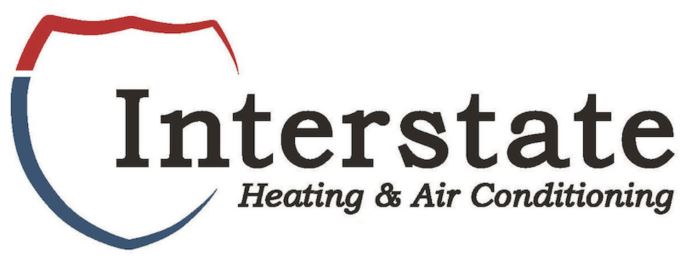
Enjoying cozy heating and cooling in Omaha, Nebraska, all year appears to be a good approach. But really, how can you maintain a cozy home while controlling energy costs?
Keeping your home cozy when it’s cold isn’t as complicated as you anticipate. But sometimes you could require pro assistance if you’re experiencing hot and cold spots. Or if your furnace doesn’t provide comfort like it used to.
If you’re having comfort issues or need furnace repair, the heating and cooling specialists at Interstate Heating & Air Conditioning can help. Get in touch with us at 402-581-9641 to set up an appointment right away.
In the interim, here are a couple of tips on how to handle your thermostat during the cooler months.
Decrease Temperatures When You Leave
Decreasing the thermostat 10–15 degrees while you’re away can save 5–15% on your heating costs, according to the Department of Energy. If your residence is empty throughout the day, this is a fantastic method to reduce expenses. And when you consider what merely 5% could do for your utility expenses, that can make a big difference!
Decrease Temps Why You Sleep
You can also turn down the setting before you go to sleep. It actually benefits more than only your gas expenses! The best temperature for going to sleep is 60-67 degrees, according to the National Sleep Foundation. Your body cools down naturally to help you sleep, so keeping your bedroom chilly could help you go to sleep more easily.
Invest in a Smart Thermostat
One idea to consider if you don’t already utilize it—a smart thermostat. You won’t have to walk over to the thermostat to adjust it. In fact, you can lower it from just about any location with your web-enabled device. A Wi-Fi thermostat also adjusts to your loved ones’ schedule and instinctually changes the temperature to help you save more on utilities.
Relax in a Cozier Residence with Support from the Heating and Cooling Pros
Even if you don’t make big changes to your setting, a tiny adjustment can benefit your utility costs.
While you are managing your thermostat, there are several other things to remember during the winter.
- Schedule an appointment for regular furnace maintenance. Heating service double-checks your system is heating appropriately and might help make your furnace more efficient.
- Examine your air filter. If you don’t notice light through it, it’s time to get a new one.
Both of these steps will help make sure your furnace is in top form to keep your home warm.
If you need help having a smart thermostat or have heating concerns, talk to the pros at Interstate Heating & Air Conditioning to gain outstanding advice. You can reach us at 402-581-9641 or request an appointment online.
